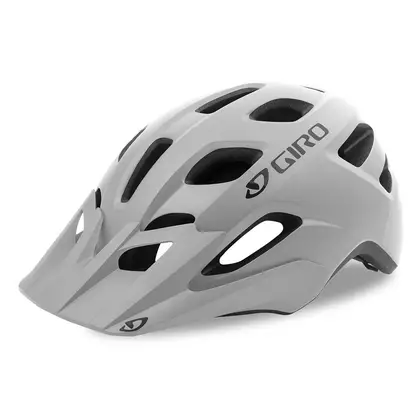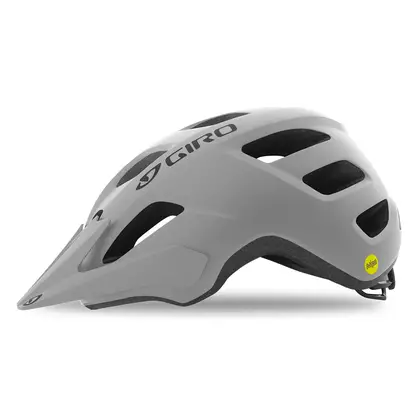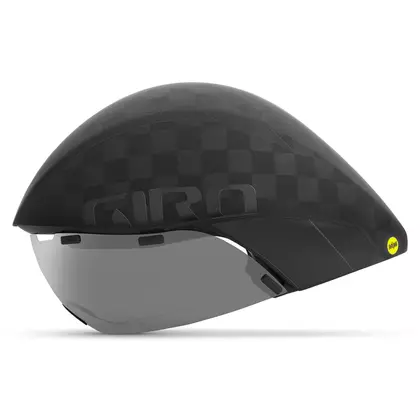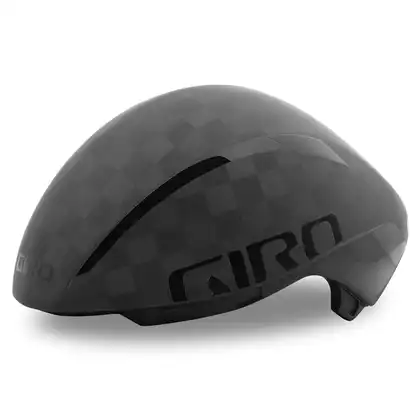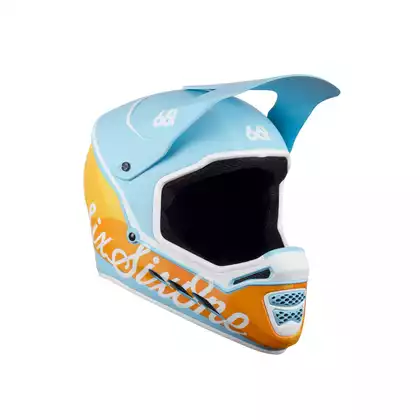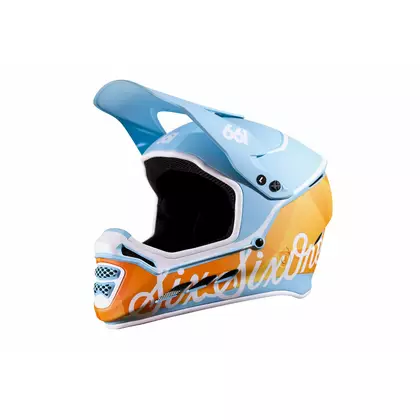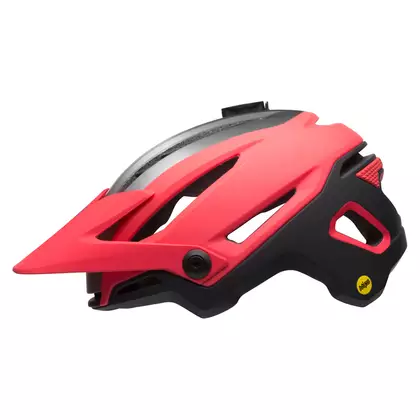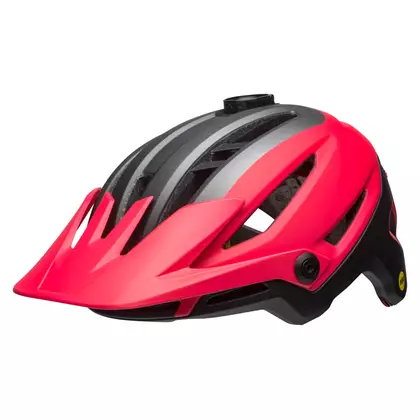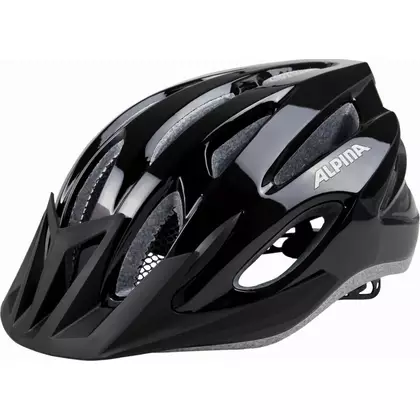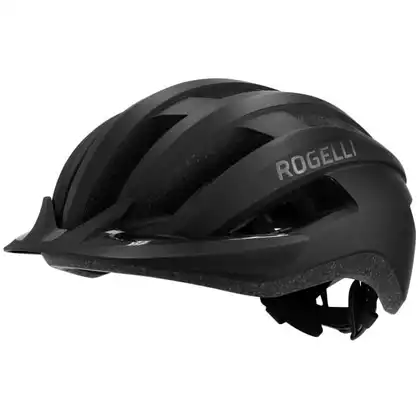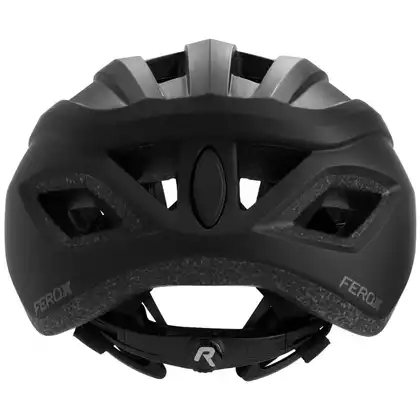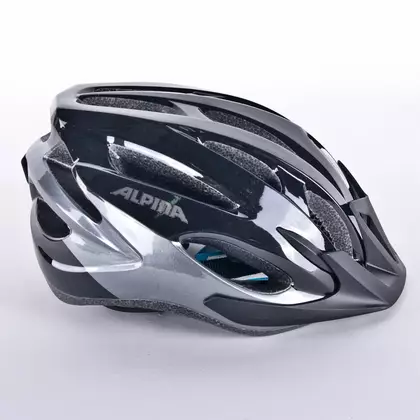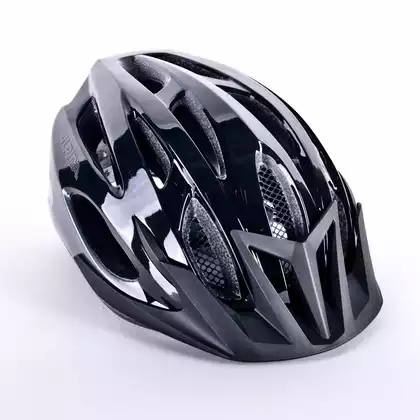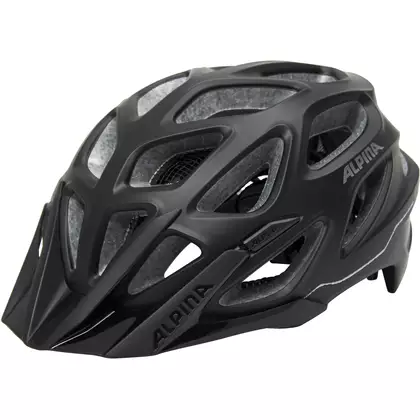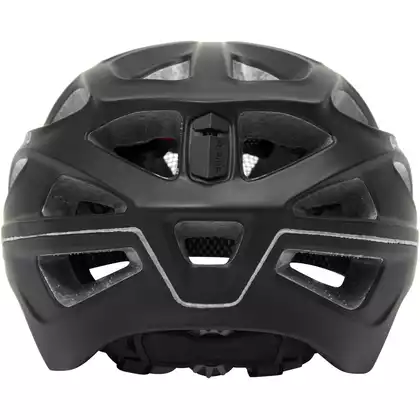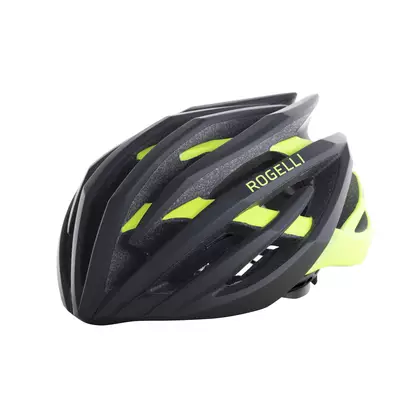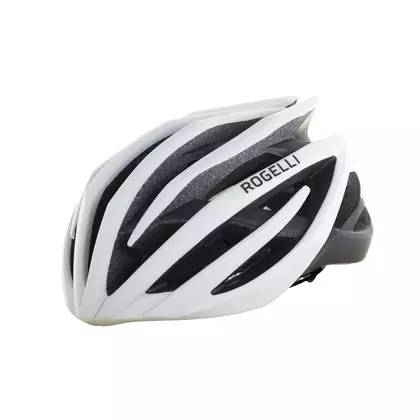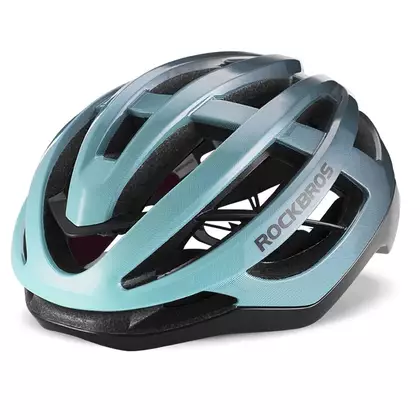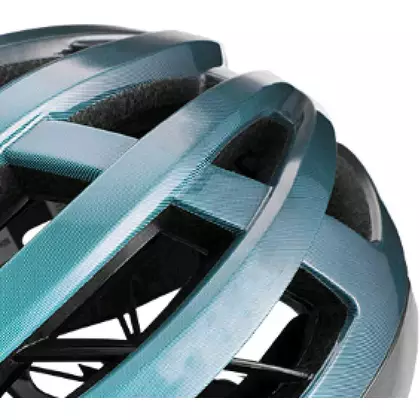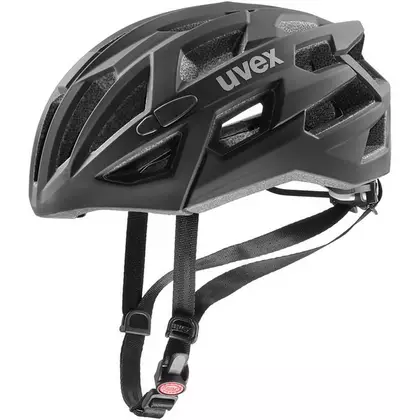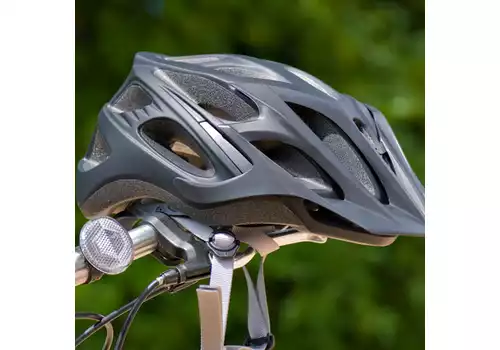
Why should you use bicycle helmets?
Bicycle helmets have always aroused conflicting feelings in the public opinion. One side argues in favor of adding the equipment in question to the mandatory equipment of the cyclist. Opponents argue about the reduced comfort of riding in a bicycle helmet and the willingness to decide on your own health. However, modern models are the best form of protection against an accident on the road. Why should you use bicycle helmets?
In-mold bicycle helmets - technology in practice
A standard bicycle helmet is made of four elements, compliant with the EU safety standard EN 1078. These are:
- Shell
- Protective lining
- Comfortable carpet
- Fastening straps with fastener
The currently produced bicycle helmet for children and adults is made of EPS foam in the so-called in-mold technology. In this case, the outer shell of the hard-shell helmet is permanently bonded to the expanded polystyrene EPS foam, which crumples during impact. The in-mold bicycle helmet is equipped with a more durable structure, which translates into greater protective capabilities. However, the advantages of this technology do not end there. The in-mold bike helmet is characterized by reduced weight, which is crucial for optimal comfort while riding.
However, counterfeit in-mould bike helmets are often sold on the market.
When making a purchase, it is mandatory to check approvals and safety certificates. A certain solution will be to purchase a model from a reputable manufacturer.
Production of bicycle helmets in mold
The manufacturing process of an in-mold bicycle helmet begins with placing a thin piece of plastic in a mold and fitting it to the surface. In the next step, polystyrene balls are added to the mold. The EPS foam prototype is injected with steam under pressure, which expands it into the shape of the mold. The improved connection of the two elements is also influenced by the steam heating of the plastic shell.
The innovative production process of the in-mold bicycle helmet makes the EPS foam fill every available space of the shell. Manufacturers often include additional protection in the form of nylon, plastic and even metal inserts.
Helmet in mold - why is it worth it?
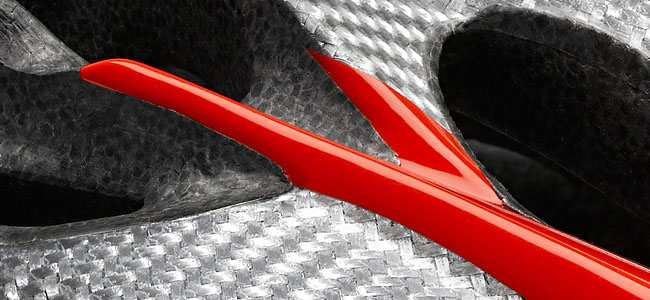
Currently, there are two types of helmet designs that dominate the bicycle accessories market. The basic variant consists of a foam lining glued with tape or glue to a hard outer shell. A standard men's or women's helmet is heavier and less breathable.
In mold helmets are characterized by an increased quality of workmanship in relation to glued models. The technology used in the production does not translate into general safety and better protection against impact. Despite this, in-mould bike helmets are lighter, stronger and more breathable. The durable connection of the EPS foam and the shell also goes hand in hand with above-average resistance to cracking under the influence of external impact.
MIPS bicycle helmets - Swedish innovation
MIPS technology was developed by Swedish scientists in 2001. Hans von Holst from the Karolinska Institute in Stockholm decided to start biomechanical research after long-term observation of how helmets are made. He rightly noted that safety tests judge equipment based on vertical impact. Despite this, most strokes occur at an angle, exerting a rotational force on the brain.
To meet this need, the Swedish company MIPS AB has developed a construction of a bicycle helmet based on the protective capabilities of the human body. By 2017, more than five million copies were sold, which confirms the above-average success of the brand.
What is a MIPS bicycle helmet?
The MIPS (Multi-Directional Impact Protection System) bicycle helmet is equipped with an additional layer of protection, located between the soft inner lining and the hard shell. The internal inserts in the models available on the market are made of yellow polycarbonate plastic. This technology protects the head during rotation. For this reason, MIPS helmets are the best form of protection against angled impact injuries, according to previous observations by a Swedish researcher.
In the event of a collision, the insert adheres stably to the head. The outer shell moves within a certain range, actively protecting against the effects of an accident. Built-in low friction layer allows 10-15mm of relative movement in all directions. The MIPS bicycle helmet reduces the rotational movement achieved in a crash by redirecting forces and energy.
MIPS helmets - why is it worth it?
MIPS helmets they certainly guarantee greater protection against injuries caused by angled collisions. The human brain remains particularly sensitive to rotational motion, which supports the discussed solution. The MIPS system protects against damage to the Central Nervous System by spreading the load over a larger area of the helmet liner.
Since its inception, MIPS has conducted nearly 20,000 tests of its models. According to the research results, MIPS women's and men's bicycle helmets are better than alternatives without this protective layer. The brand's words are confirmed by an independent entity, Swedish Insurance Gum Folksam.
Several models bicycle helmets with MIPS technology
Koroyd bicycle helmets - honeycomb structure
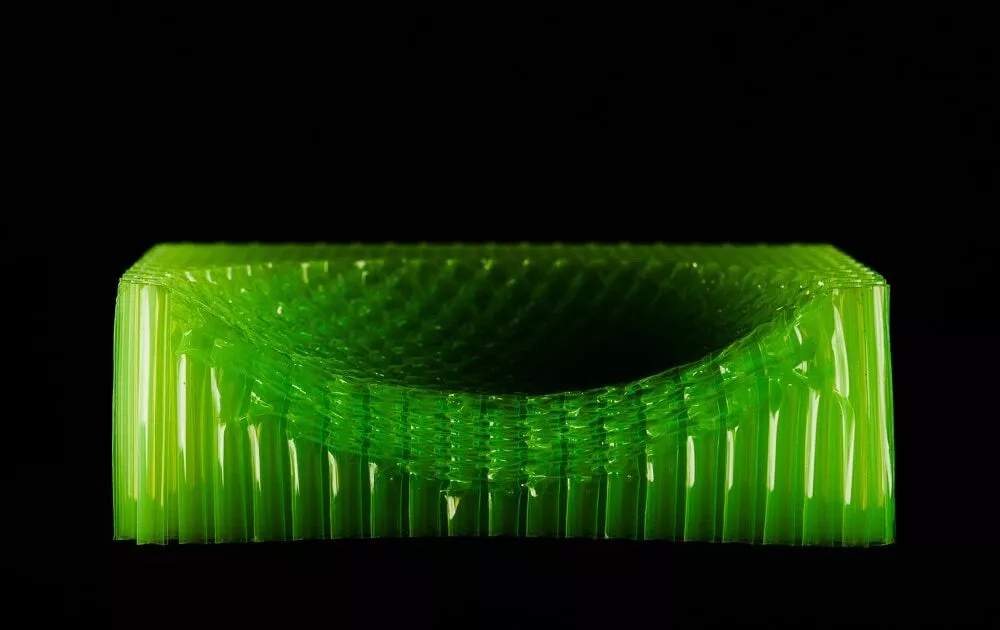
In addition to the MIPS and in-mold models, there are also Koroyd bicycle helmets on the market. The structure of the discussed technology resembles a bunch of glued drinking straws or a honeycomb. Koroyd is primarily lighter and more breathable than traditional models. It also absorbs more energy than EPS foam when it falls.
Instantaneous energy absorption is the first distinguishing feature of Koroyd technology. The welded tubes compress on impact, minimizing the energy transferred to the head. The structure used in the production consists of 95% air, which translates into a reduced weight of the bicycle helmet for children and adults. Hot air is discharged from the head, which you will appreciate especially on hot days.
A bicycle helmet adapted to the surface and riding style
A bicycle helmet for children and adults should also be selected in terms of the preferred surface and riding style. Most consumers mistakenly choose universal models, not paying much attention to the design and nuances of individual copies. The most popular types of bicycle helmets include:
Get to know the specification of individual models!
MTB helmet - the best for off-road riding
Do you prefer riding in the woods, mountains or other uneven terrain? Bet on MTB bicycle helmet, with an increased construction compared to the classic road model. In this case, you will receive an elongated visor that protects against the sun and branches lurking on the route.
MTB helmets also include full face models, mentioned in the above list. FF models are recommended primarily to enthusiasts of extreme types of mountain biking, which include, among others, downhill. Full face helmets have an extensive structure that protects the rider's jaw in the event of a fall. The outer shell is made of durable materials, much heavier than classic road models. If you are looking for a lighter model of the FF helmet, direct your attention towards the full face light models. In the production of these models, a reduced amount of material is used, which translates into less weight of the equipment.
The road helmet is the most common choice of cyclists
However, it remains the most popular choice classic road helmet. Optimum aerodynamics come to the fore here. Road models also focus on reduced weight, which does not reduce the comfort of everyday driving. This type of helmet will be the right choice for most cyclists.
What is a good bicycle helmet?
Does every bicycle helmet increase road safety? The answer seems obvious. However, when making a purchase, it is worth knowing the features of the best models. Modern manufacturers primarily strive for an optimal weight-strength ratio. A lightweight bicycle helmet can weigh even less than 200 g.
When looking at the best models, you cannot ignore the in-mold and MIPS technologies discussed above. Regardless of your preferred driving style and type of surface, these helmets will provide the best possible protection.
When fitting a bicycle helmet, pay attention to the proper fit to the head. Most of the models on the market are equipped with an inner ring. Its circumference can be freely adjusted with the knob located at the back. A well-fitted helmet should stay firmly on the head, regardless of the strap fastened under the chin. The front edge should start directly above the eyebrow line, while ensuring 100% visibility of the road.
The right number of ventilation holes is also important. The breathability of the selected model is important especially during long hours of riding.
Bicycle helmets - why is it worth it?
Bicycle helmets reduce the risk of injury by 48%. The probability of serious injury is minimized by as much as 60%. These data completely confirm the rightness of wearing bicycle helmets.
Modern models made in the in-mold and MIPS systems are distinguished by their particularly low weight. Riding in a bicycle helmet is not currently associated with reduced riding comfort, while increasing the level of safety while riding.
A bicycle helmet protects not only against head and spine injuries. When traveling in the heat, you protect yourself against the harmful effects of the sun's rays, reducing the risk of stroke. When riding with a helmet, you don't have to take a cap or hat with you.
Riding in a helmet is tantamount to promoting good habits. By educating other cyclists, and above all children, you care about the safety of all road users.
.png?1677767993)

